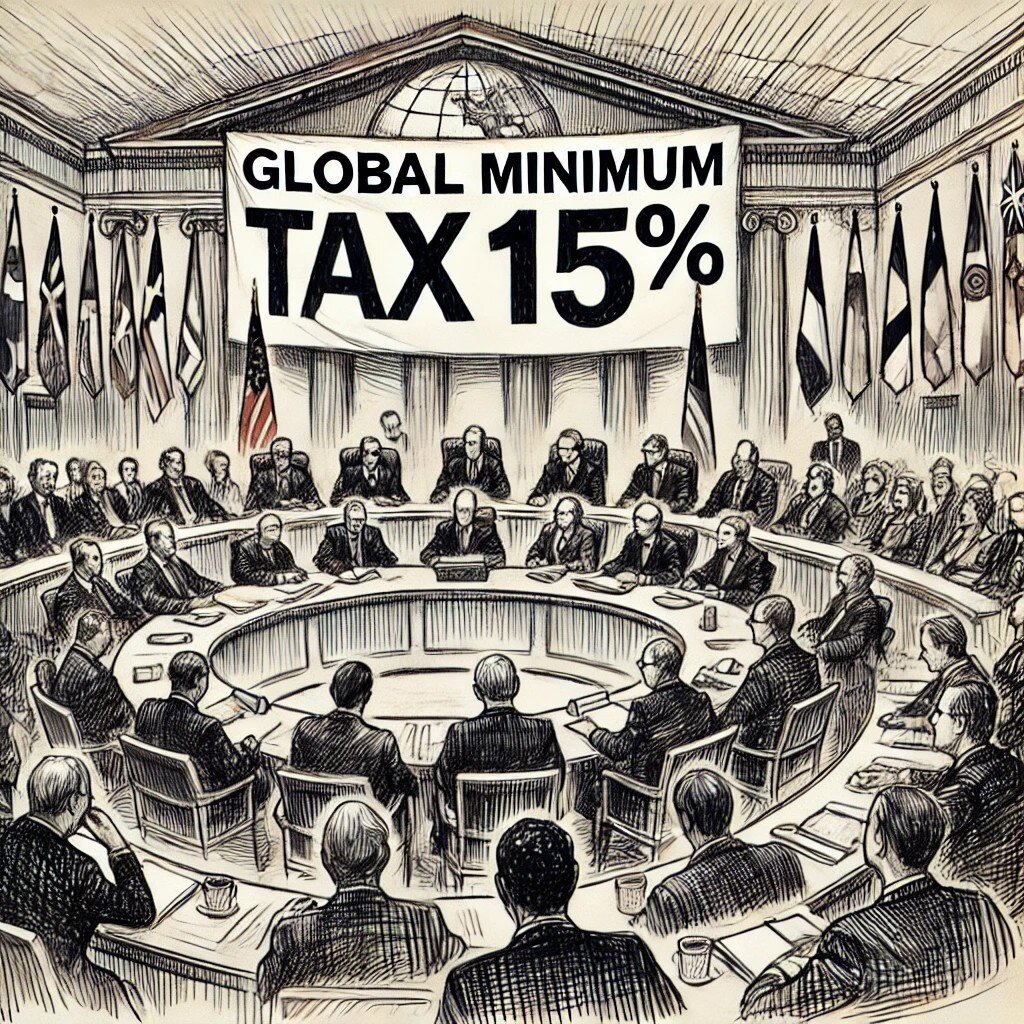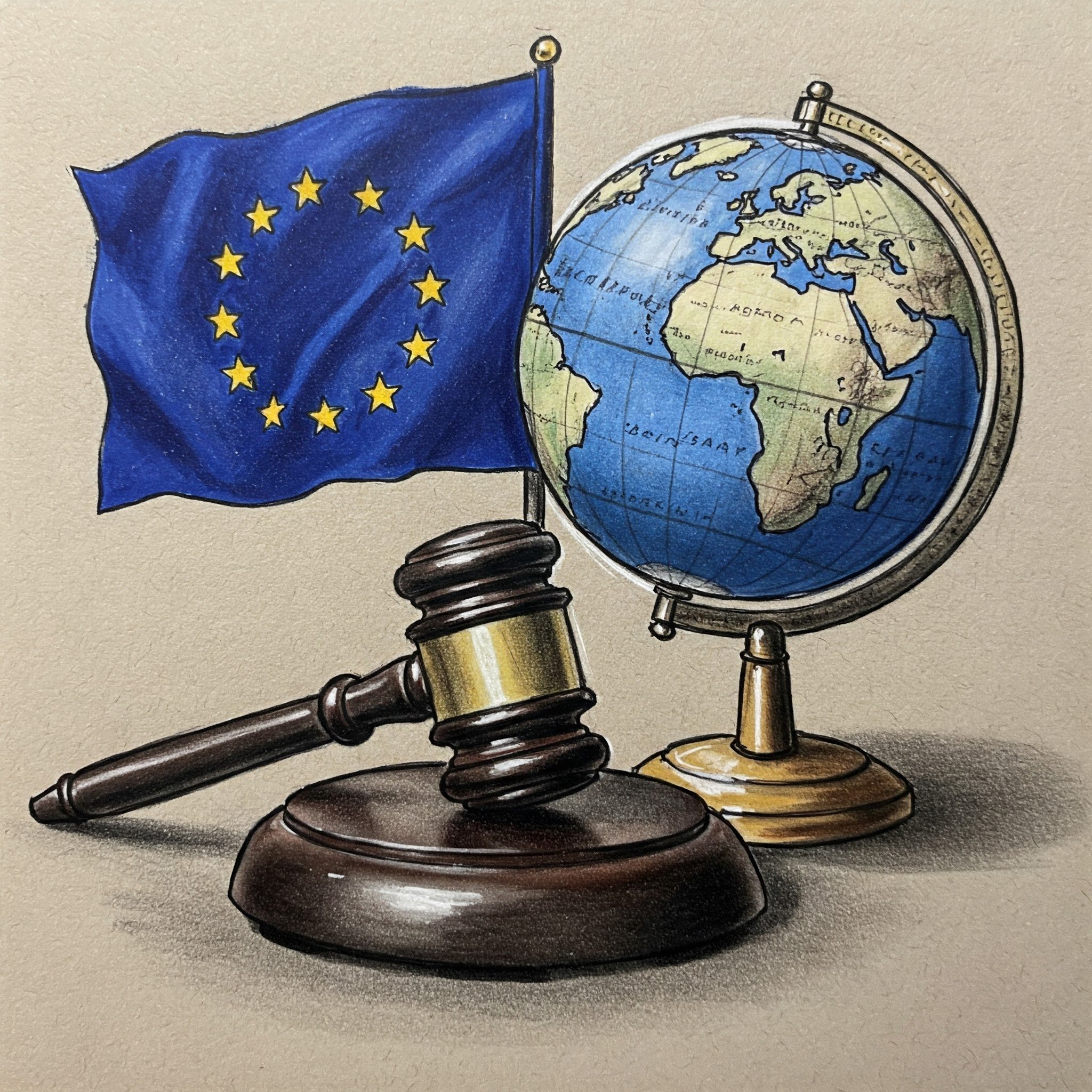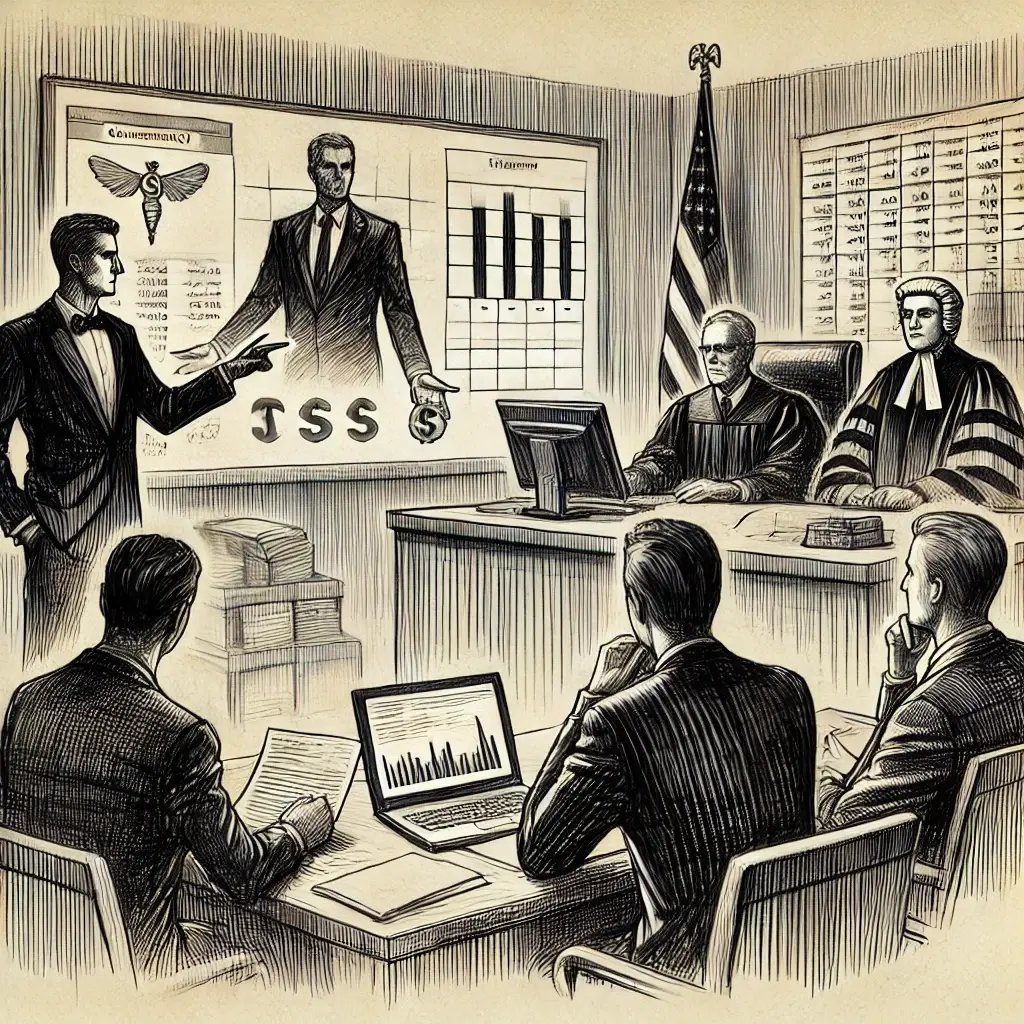
The EU’s Response to US Tariffs: What It Means for SMEs and the Global Business Landscape

The European Union (EU) is preparing to retaliate against new tariffs imposed by the United States on European products. These tariffs, set to take effect on April 2nd, are part of the ongoing trade tensions between the two economic powerhouses. While large corporations often have resources to mitigate the impact of such policies, small and medium-sized enterprises (SMEs) are left navigating an increasingly uncertain business environment.
Understanding the Tariffs and the EU’s Response
The US government argues that the new tariffs are a response to unfair trade practices and subsidies within the EU that disadvantage American companies. Key sectors affected include agriculture, automobiles, and luxury goods, among others. In response, the EU is considering countermeasures, including:
- Retaliatory Tariffs: The EU may impose its own tariffs on US imports, targeting strategic American industries such as technology and agribusiness.
- Trade Barriers: Brussels has hinted at leveraging its Anti-Coercion Instrument, a legal mechanism that could limit access to the EU market for specific US goods and services.
- Legal Action: The EU could file a dispute with the World Trade Organization (WTO), though this is a lengthy process with uncertain outcomes.
How Will SMEs Be Affected?
While multinational corporations can absorb these changes through diversified supply chains, SMEs often lack the flexibility to adjust quickly. Here’s how different sectors might feel the pressure:
- Export-Dependent Businesses: European SMEs that export to the US may see declining demand due to increased costs passed on to American consumers.
- Supply Chain Disruptions: Companies relying on raw materials or components from the US could experience higher costs and longer delivery times.
- Market Instability: Currency fluctuations and investor uncertainty triggered by trade disputes can create financial difficulties for smaller businesses.
- Compliance Challenges: SMEs may struggle with the added bureaucracy and regulatory complexities that arise from shifting trade policies.
Opportunities Amidst the Challenges
Despite the challenges, there are ways for SMEs to adapt and even benefit from this evolving trade landscape:
- Diversification of Markets: Businesses could explore alternative markets in Asia, Latin America, or within the EU to reduce reliance on US trade.
- Local Sourcing: Companies can mitigate risks by strengthening relationships with domestic suppliers or those in stable trade agreements.
- Strategic Partnerships: Collaborations with other SMEs or larger firms could provide stability and shared resources in navigating trade uncertainties.
- Government Support Programs: SMEs should leverage EU grants and incentives designed to support businesses affected by international trade shifts.
The Broader Implications: A Global Trade Debate
This trade dispute raises crucial questions about the future of global commerce:
- Should SMEs be given special protections or exemptions in international trade agreements?
- Is economic nationalism a sustainable approach, or does it do more harm than good in a globalized economy?
- How can international institutions like the WTO ensure fair competition without escalating trade wars?
Join the Conversation
At EmpresAegis, we believe that informed discussions lead to better decision-making. We’d love to hear your thoughts:
- How is your business preparing for these trade changes?
- What strategies have worked for you in times of market volatility?
- Should the EU take a harder stance, or is diplomacy the best approach?
Comment below or reach out to us for a deeper discussion on how businesses can navigate this complex environment. Let’s shape the future of international trade together!

